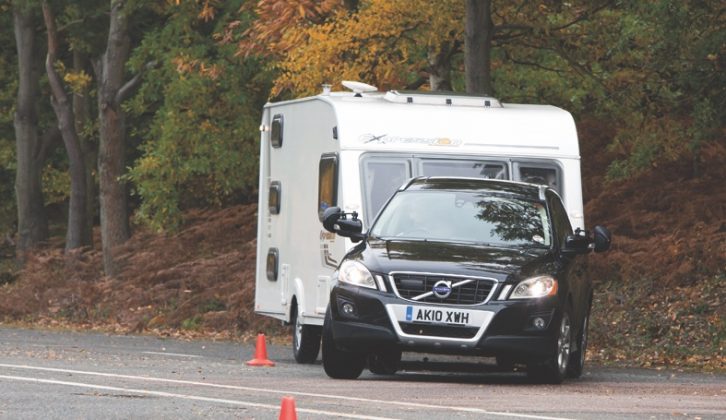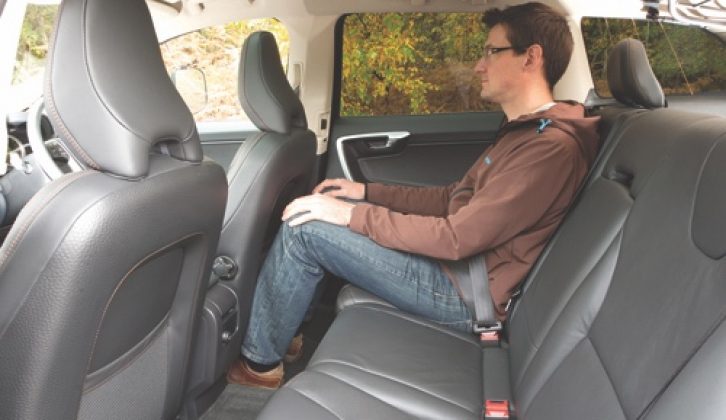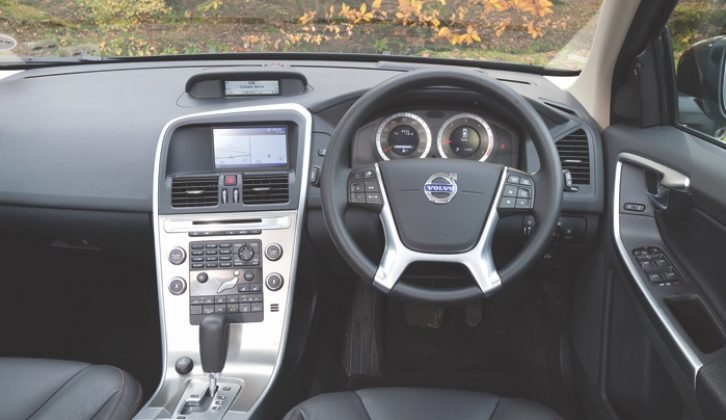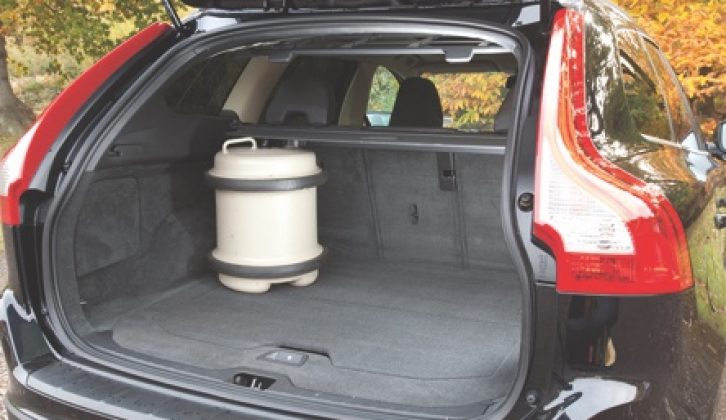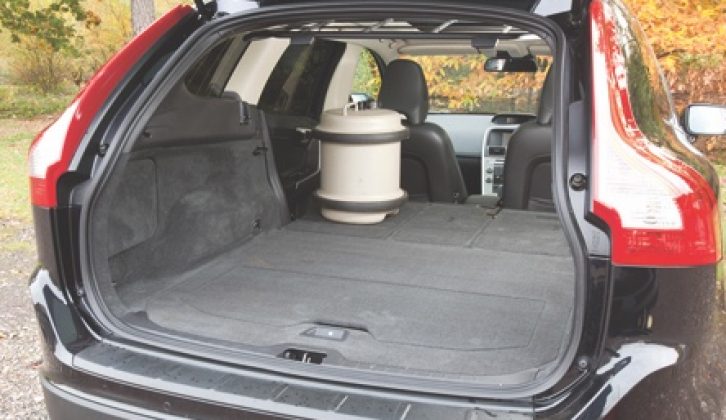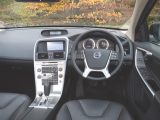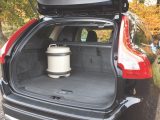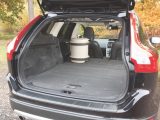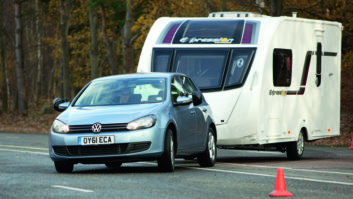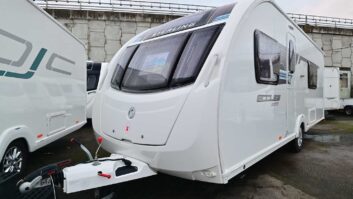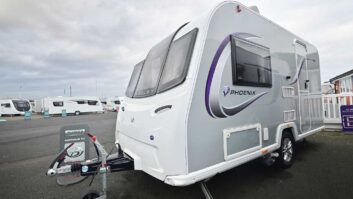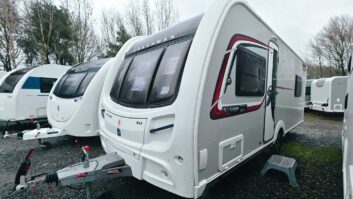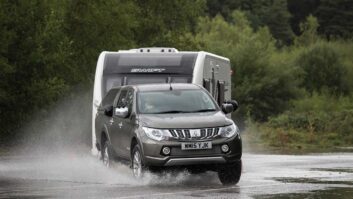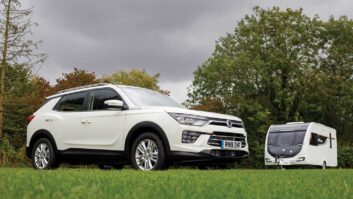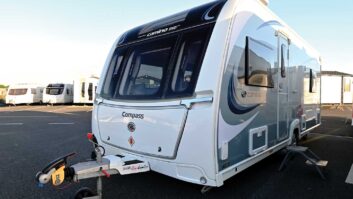In 2008, Volvo had a rather glaring SUV-shaped hole in the middle of its range. As the world rapidly fell in love with SUVs and crossovers, it had to react, and the XC60 was born.
This was Volvo’s second SUV following the XC90, and the company put its experience to good use. The outcome was that the XC60 was very well received indeed.
And no wonder, because all of Volvo’s traditional traits remained – it was comfortable, with great seats, it provided a good, elevated view, it was full of luxury equipment, and it was safe. In fact, it was very safe.
Not only did the car feature whiplash protect, side impact protection, stability control and a system to stop it rolling over, but it also had an entirely new system, called City Safety.
With this, the XC60 kept an unblinking eye on the road and traffic ahead, and if something stopped suddenly and you did not react, the car would bring itself to a halt. This sort of tech is commonplace now, but back in 2008 it was ground-breaking.
The XC60 also appeared on the market at the perfect time, because the BMW X3 of the time was both old and off the pace, while Jaguar’s first SUV was still a few years away. Only the Audi Q5 was a similarly fresh potential rival.
Model history
Volvo launched the XC60 in 2008 with a solitary 286bhp six-cylinder petrol engine and a pair of diesels.
The petrol model had a top speed of 130mph and was brisk to accelerate. However, it also had an official average economy figure of 23.7mpg, and given that such figures are usually optimistic, you should expect your fuel consumption to be closer to the late teens. And that’s when the car’s unladen; imagine what it could be with a loaded-up vehicle towing a large caravan.
Tow car fans are best served by heading for the 2.4D or D5 diesel models, both of which have five cylinders and an off-beat soundtrack. They’ll do an official average of 37.7mpg, too – around 28mpg in real life.
In 2009, an economy-focused 2.4D DRIVe model was released, with a claimed average of 47.1mpg. However, for those of us who tow regularly on a small budget, the early D5 is the best bet, especially when linked to the Geartronic automatic gearbox.
In fact, the car was so good, we named the four-wheel drive version our overall Tow Car of the Year in 2009, praising its ‘unshakeable stability’ and the fact that it was comfortable enough to tow from one end of the country to the other.
Our sister magazine What Car? also voted it as 2009 SUV of the year, saying that it ‘excels in almost every area’.
In 2010, a five-cylinder, 2.0-litre diesel was released, combining pulling power with good economy; if you have a slightly higher budget, this is the model to go for.
Inside, you’ll find a luxurious cabin, full of the clean lines and metal and wood trims for which Volvo is famous. The seats are superb and the view is good, despite the large mirrors.
The centre of the dashboard is dominated by the ‘floating’ centre console – basically, there’s a storage area behind it. It’s also covered in small, similar-sized buttons, which are tricky to use on the move.
However, space is good, with plenty of room for three adults in the rear seats, and a generous boot behind them.
There’s loads of standard kit – even basic models get electric mirrors and windows, alloys, air-con, City Safety and airbags.
Trouble spots
Over the course of its life, the XC60 has been the subject to more than 20 recalls, many of which have concerned a number of models, not just the XC60.
Problems ranged from minor matters, such as the front towing eye not attaching properly, to complete engine failure.
The engine cooling fan has been known to fail, and another recall concerned fuel leaks.
Potentially more seriously, the car has been recalled for the seatbelt becoming unlatched in a side impact, and the seatbelt buckle becoming separated from the belt.
Other recalls have concerned failing airbags, the fuel gauge registering incorrectly, jamming gearshift and the sudden loss of power assistance.
In last year’s Reliability Survey from What Car?, Volvo finished equal 20th out of the 31 brands tested – not exactly a ringing endorsement.
Having said that, data from the survey also shows that the XC60 does seem kinder on its consumable parts than most rivals, so the brakes, wipers, electronics and even engines should all be pretty robust.
Cover yourself by ensuring that every bit of the recall work has been carried out on the car you’re looking at.
Have a mechanical inspection carried out, or at the very least, take along someone with good mechanical knowledge to check over the car.
Verdict
To live with and drive, Volvo’s XC60 is a good companion. It performs and rides admirably, and has a really well-appointed spacious interior.
As a tow car, it is brilliant, because it shrugs off the weight of a trailer. It changes direction and stops quickly and always in complete control.
However, you must also make sure all the recalls have been carried out properly to Volvo’s specification. Then as long as everything is well underneath, the XC60 should be a long-lived and reliable vehicle.
Volvo XC60 – need to know
How much? £5000-£11,500
Expect to shell out more than £5200 for an early XC60 – this is still a reasonable sum, so the condition should be key, because most cars of this vintage will have a six-figure mileage.
If you have more than £9500 to spend, you’ll get a model in good nick with a mileage of 75,000 to 100,000. At this age, condition, not mileage, is key.
A budge of around £16,000 will net you a three-year-old car with less than 50,000 on the clock, and cars such as these tend to have been well looked after.
Thereafter, the XC60 world is your oyster, with high-spec, low-mileage cars to be found in abundance on forecourts.
What will it tow?
- Kerbweight 1868kg
- 85% match 1480kg
- Towing limit 1500kg
- Noseweight limit 80kg
How much is a towball?
- Witter flange towbar £133.81
- Witter detachable towbar £224.29
- Fitting extra (from pfjones.co.uk)
What about servicing?
- Interim service £113.20
- Full service £168.30
- (Prices from servicingstop.co.uk)
The good and the not so good
Top tug: D4 Drive SE
This combines the best of all worlds – the engine is strong enough to cope with a laden van and when not hitched up, shows a likeable aversion to fuel stops
Barge pole: T6 AWD SE Lux Premium Geartronic Auto
Has almost every bit of kit you can think of, most of which you don’t need. Drinks unleaded like it’s going out of fashion
For those of us who tow regularly on a small budget, the early D5 is the best bet, especially when linked to the Geartronic automatic gearbox
